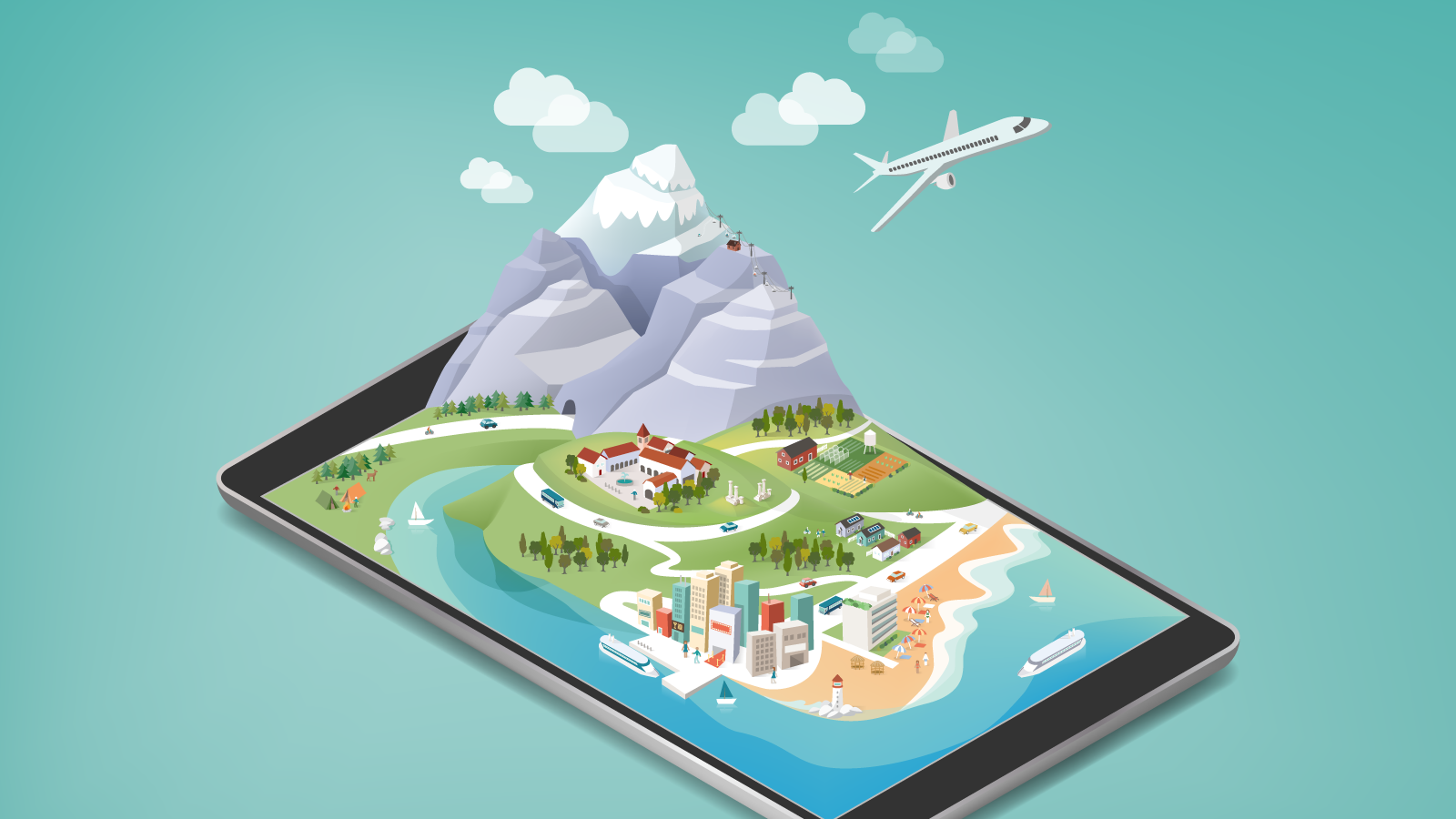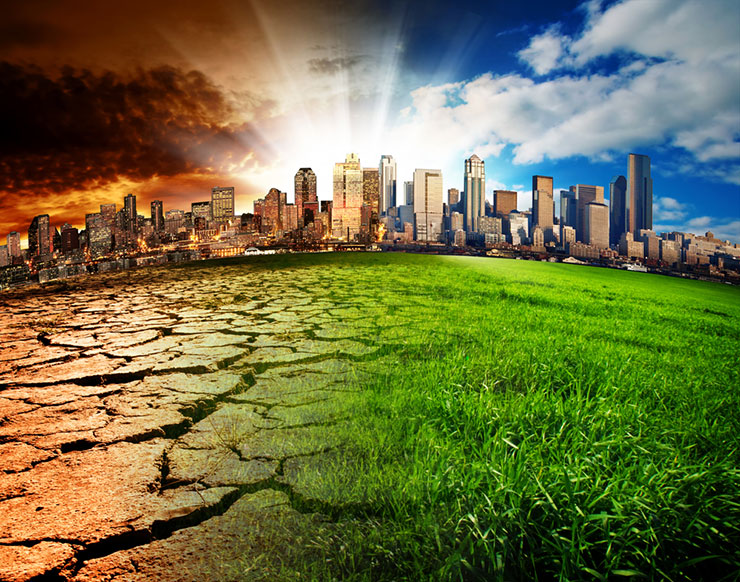This article provides a practical explanation of the Gestalt psychology of Max Wertheimer, Kurt Koffka, and Wolfgang Köhler. After reading you will understand the basics of this powerful psychological tool.
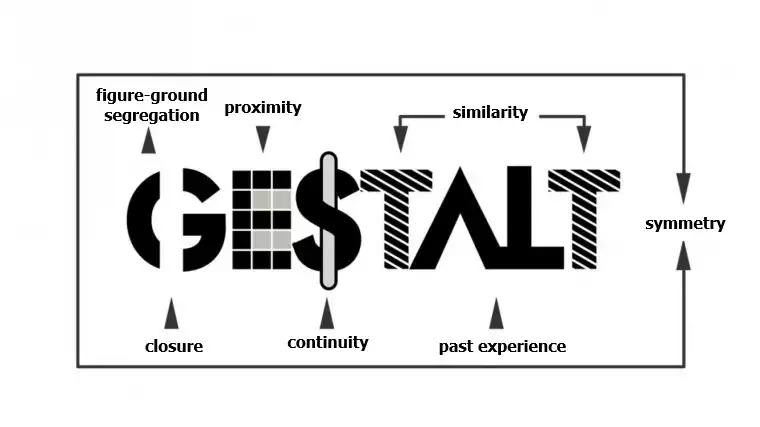
What is Gestalt Psychology?
‘Gestalt’ is originally a German word used to talk about the way something is put together, often translated as the ‘form’ or the whole. Gestalt psychology can be defined as a school of thought that originated in the 1920s and believes that the whole of an object or pattern is larger and more important than its parts. Gestalt psychology encourages us to see and treat the mind and behavior as a whole. This approach creates order in the chaos by combining loose information and looking for patterns.
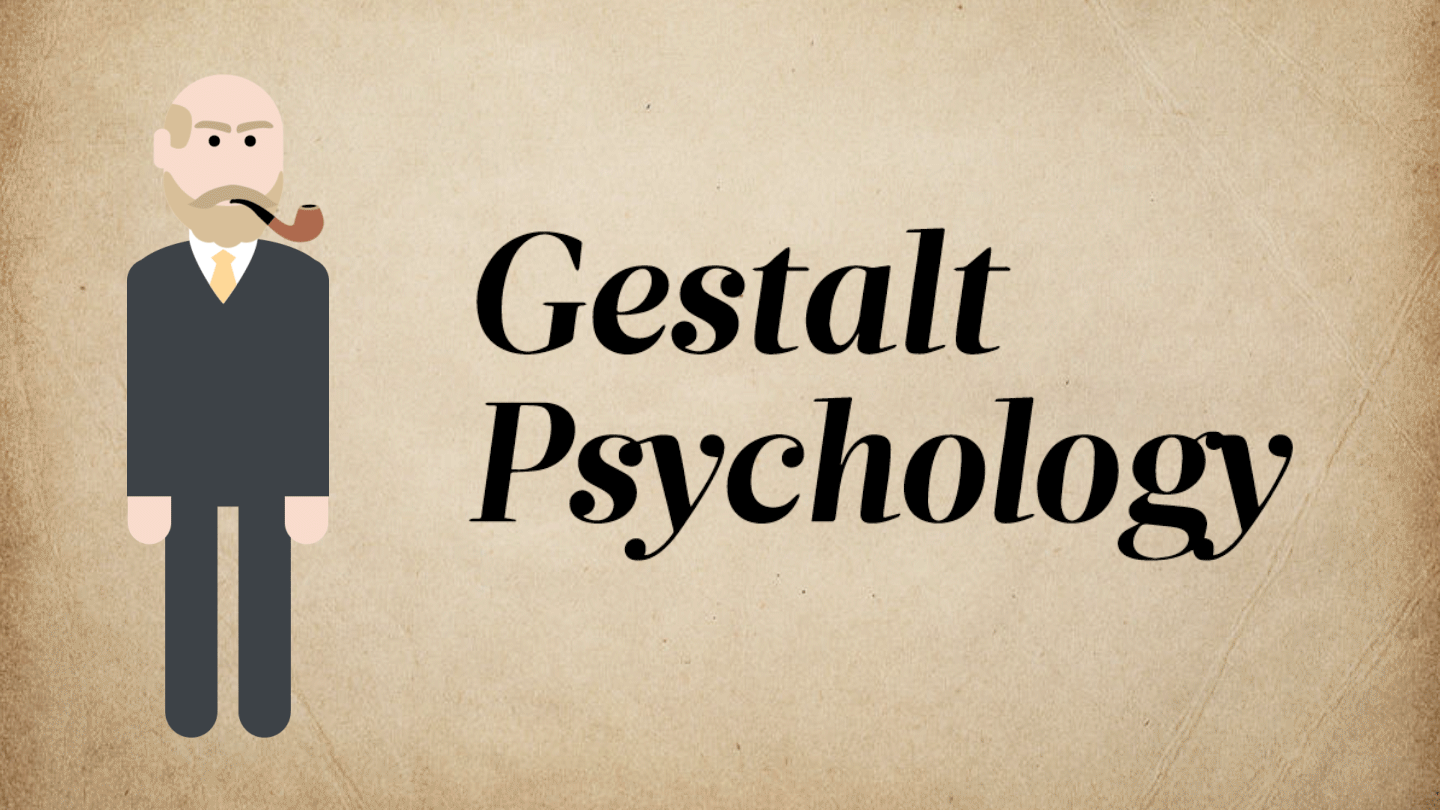
Gestalt psychology has also contributed to research into experience and perception. The aim was to understand how people give meaning to the world around them and how they find order in the disorder. According to Gestalt psychology, how people interpret what they see in the world around them depends on what they expect to see. They will look for patterns in what they see and experience.
Who are the founders of Gestalt psychology?
Gestalt psychology was developed in Germany in the early twentieth century by psychologist Max Wertheimer in collaboration with Kurt Koffka and Wolfgang Köhler. They met at the Psychological Institute of the University of Frankfurt, where Wertheimer worked as a professor and Koffka and Köhler were his assistants. At that university they also developed their own mindset, Gestalt psychology.
Wertheimer is known for a concept called the phi phenomenon. During his travels, he noticed at a train station that two separate flashing lights created the illusion of movement. Subsequently, Wertheimer became interested in the study of perception, which laid the foundation for his research into Gestalt psychology. With his research he responded to structuralism and the approach of psychologist Wilhelm Wundt, who was known for dividing psychological events into separate parts. However, Wertheimer felt that the parts were related and believed in looking at the human mind and behavior as a whole.
Experiments
An experiment, similar to the experience Wertheimer had with the two flashing lights at the station, was the beginning of research into Gestalt psychology. For this experiment, Wertheimer and his colleagues Koffka and Köhler focused on the concept of ‘apparent movement’. They found that when two lights blink in quick succession, an illusion of continuous movement is created. Instead of two separate lights, the person sees one light that moves from the spot of the first light to the spot of the second light. This was another result that contributed to the Gestaltists’ belief that the human mind has a way of organizing based on seeing things as a whole rather than as separate parts.
What are the main principles of Gestalt psychology?
After Gestalt Psychology was established, co-founder Kurt Koffka published ‘Principles of Gestalt Psychology’ in which he explained Gestalt theory and its principles. The following gestalt psychology principles describe the way human perception works and how we assign meaning to objects and events.
Close proximity
This principle states that when the human eye sees elements that are placed close together, we consider these elements as a set or group. An example of this is the way we read a text. When letters are grouped together, our perception is that they form a word.
Likeness
A second way in which people tend to group elements in their visual field is by looking for similarities. Elements that look alike are automatically grouped together. For example, when you watch a sports game and see people wearing the same color shirts, you see them as members of the same team.
Continuation
Another part of Gestalt psychology is the principle of continuation, which states that the human eye prefers to see a continuous line or movement rather than separate elements. For example, when we see a sign on a building where a tree is partly in front of the letter x, we still recognize that letter and can read the sign without any problems. We see the continuity of the lines.
Closedness
This principle explains that people have a preference for complete elements. When we see things that are incomplete, we can fill in missing information to see it as complete anyway. This principle is often applied in the advertising world. Advertisers come up with incomplete statements that people can then finish. With this approach, they hope to generate interest and engage their audience more.
Figure-ground
The principle of figure and ground shows how people distinguish between figures and the ground in their visual field. The figure is the object that is central to our visual field, the ground is less present and is placed in the background. This explains how one person’s perception of an object or situation may differ from someone else’s: it depends on what is seen as the figure and what is seen as the ground. This principle was applied by the Danish psychologist Edgar Rubin, who experimented with optical illusions.
Common destination
Another principle of Gestalt psychology is that of common destiny. When the human eye sees elements moving together in a certain direction, they are usually considered as a group. An example of a common destination is seeing children running to the playground together, thus seeing them as a whole. It is possible to separate the elements when we do this consciously.
Pragnänz’s law
It is impossible to constantly spend time and energy on everything around us. We therefore tend to arrange the elements we see as simply as possible. The human mind prefers simplicity, so we try to simplify what we perceive. For example, when we see a car, we don’t need additional information to understand what we are looking at. This is called Pragnänz’s law. Pragnänz is a German word that can be translated as brevity.

In addition to the above principles that help us understand how human perception works, Gestalt theorists also recognize that the way we see the world is also influenced by other factors, such as personality, expectations and experiences.
Example of Gestalt Psychology
The example below is used to explain Gestalt
psychology:
When there is no movement, people can still perceive movement, which was also
the case with the two flashing lights that led to the phi phenomenon. For
example, a film consists of a series of separate images, but by playing them in
quick succession, we see a continuous movement that is not actually
there. According to Gestalt psychologists, this is because our brains fill
in the missing information. In this example, the missing information is
the gaps between the images. This shows that the ‘whole’ plays a more
important role in our brain than the sum of separate parts.
Application of Gestalt Psychology
Basic Psychology
Basic psychological processes, such as perception and attention, are strongly influenced by Gestalt psychology. These basic psychological processes are fundamental and are applied to practical matters. Developments within this research area are applied, for example, in programs to improve signage to prevent accidents. This is only possible with the knowledge we have about perception.
Communication
To be able to grab the attention of the public, people in communicative and creative fields work with Gestalt psychology. For people active as an artist, journalist or designer it is important to understand how the human mind interprets images. This knowledge can help them to produce works that convey the right message to their target audience.
Troubleshooting
In order to solve a problem, you must first understand it. Gestalt psychology believes that a problem consists of parts that are related and interact with each other. To fix the problem, rearrange these parts so that you can see a new solution. This creative rearrangement of the parts of a problem is called productive thinking. Gestalt psychologists recommend applying productive thinking when addressing various challenges.
Education
Within education, Gestalt psychology is applied to perception and problem solving. The application of gestalt psychology in education states that teachers should encourage their students to solve a problem by looking at the different parts of a problem and the interrelationships.
Therapy
Gestalt psychology-based therapy is a humanistic approach in which people are seen as strong and independent beings. It looks at the functioning of the human mind from a holistic perspective where each person has his or her own thoughts, experiences and reality.
The development of Gestalt therapy began in the 1940s with psychiatrist Fritz Perls. He argued that each person has his or her own reality that is determined by our own perception, and that it is our responsibility to change our perception. This way of thinking forms the basis of Gestalt therapy, in which personal growth and identity building are central.
The Gestalt Institute in Cleveland
The Gestalt Institute in Cleveland attracts people from all over the world. The institute organizes workshops and training programs based on Gestalt principles and methodologies. The workshops and training programs focus on change, both at the individual and organizational level.
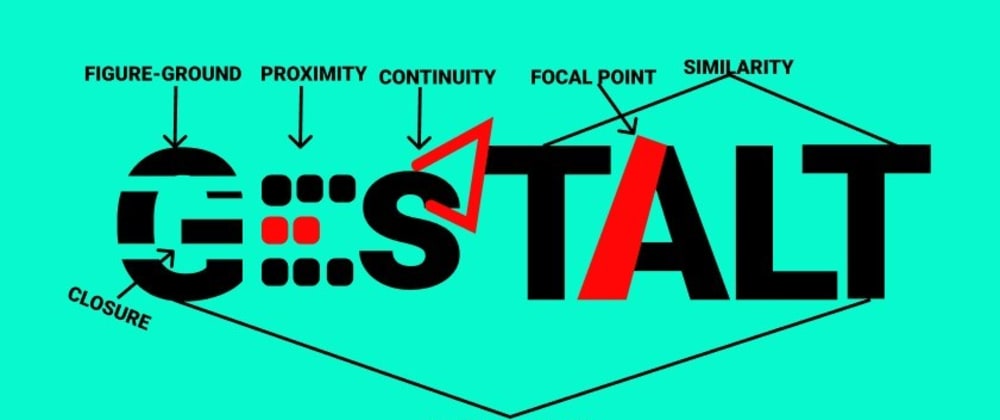
Daily practice
Gestalt psychology can also be applied to daily practice. As indicated in this article, Gestalt psychology can be used to solve problems and stimulate creativity. In addition, being aware of Gestalt principles helps us to understand how we perceive the world, how optical illusions work and to understand our own behavior.
Now it’s your turn
What do you think? Do you understand the explanation of Gestalt psychology? Do you recognize the principles in the way you perceive things yourself? Do you recognize Gestalt psychology in the way the people around you perceive the world? Is there any way you could apply Gestalt psychology in your work or study? Are there situations where you do not perceive objects or events as a whole? Do you have any comments or tips?
Share your knowledge and experience via the comment field at the bottom of this article.
If you found the article useful or practical for your own knowledge, please share it with your network. Thank you very much in advanced.



